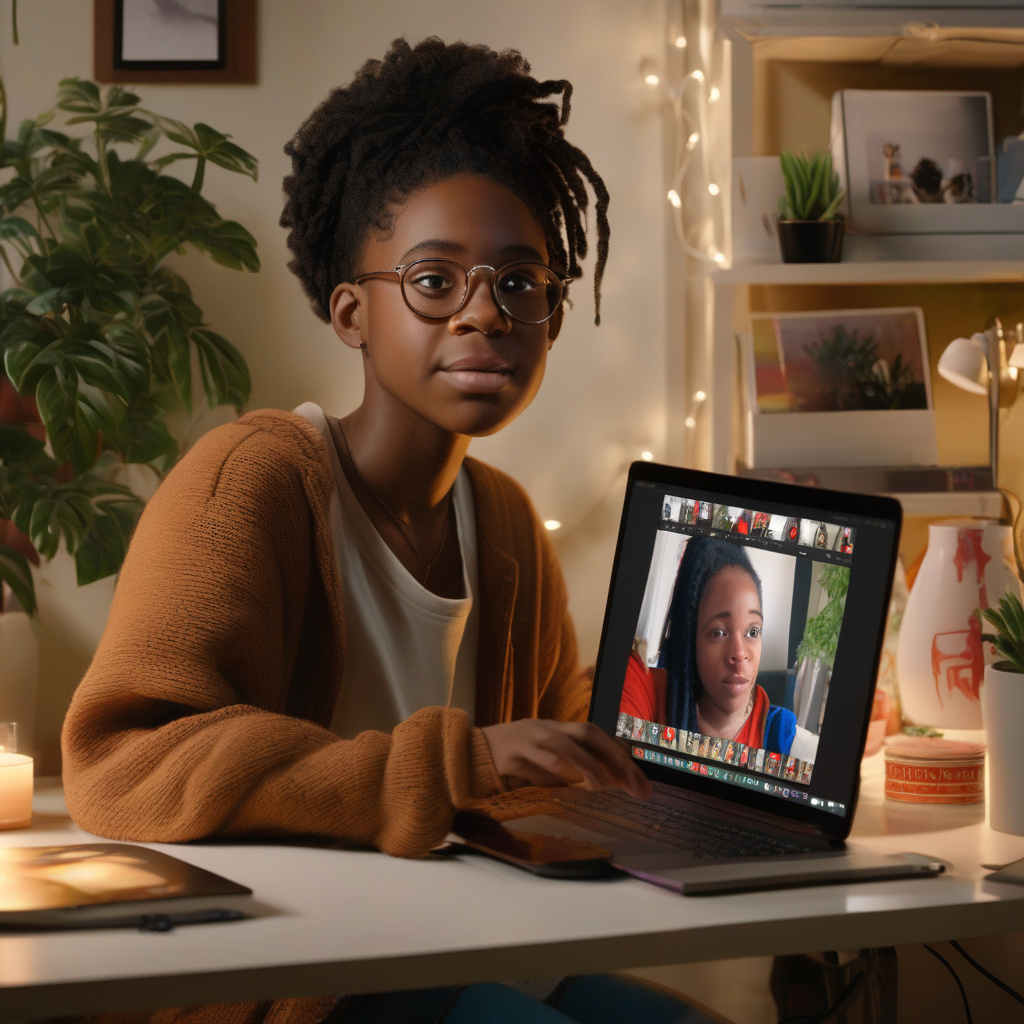YouTube Increases Age Limit for Livestreaming
YouTube has recently implemented a significant change in its policy regarding livestreaming on the platform. As of now, teens under the age of 16 will no longer be able to broadcast live content through the app. This decision comes as a response to growing concerns about the safety and well-being of younger users in the digital space.
Livestreaming has become an increasingly popular feature on various social media platforms, including YouTube. It allows users to connect with their audiences in real-time, fostering a sense of immediacy and authenticity. However, this form of content creation also poses risks, especially when it comes to minors who may not fully grasp the implications of sharing live videos online.
By raising the age limit for livestreaming, YouTube aims to create a safer environment for its younger users. The platform has been under scrutiny in the past for its handling of child safety issues, including concerns about inappropriate content and interactions. This move is part of a larger effort to enhance child protection measures and ensure that minors are not exposed to potential harm while using the platform.
While some may see this change as limiting the opportunities for young content creators, it ultimately prioritizes their safety and well-being. By setting an age restriction for livestreaming, YouTube is taking a proactive stance in safeguarding minors from potential risks such as online predators, cyberbullying, and inappropriate content.
Parents and guardians play a crucial role in guiding young users’ online activities and helping them understand the importance of digital safety. With the age limit for livestreaming in place, caregivers can have more control over the content their children consume and create on YouTube. This restriction serves as a protective measure that aligns with broader efforts to promote online safety for minors.
It is essential for platforms like YouTube to continue evaluating and updating their policies to adapt to the evolving digital landscape. As online behaviors and trends shift, it is crucial to prioritize user safety and well-being, especially when it comes to younger audiences. By raising the age limit for livestreaming, YouTube demonstrates its commitment to creating a secure environment for all users, particularly minors who may be more vulnerable to online risks.
In conclusion, YouTube’s decision to increase the age limit for livestreaming reflects a proactive approach to safeguarding young users in the digital realm. While this change may impact some aspiring content creators, the overarching goal is to prioritize child safety and mitigate potential risks associated with live broadcasting. By setting clear boundaries and age restrictions, YouTube sets a standard for responsible digital citizenship and underscores the importance of creating a safe online community for all users.
YouTube, Livestreaming, Age Limit, Online Safety, Digital Well-being
